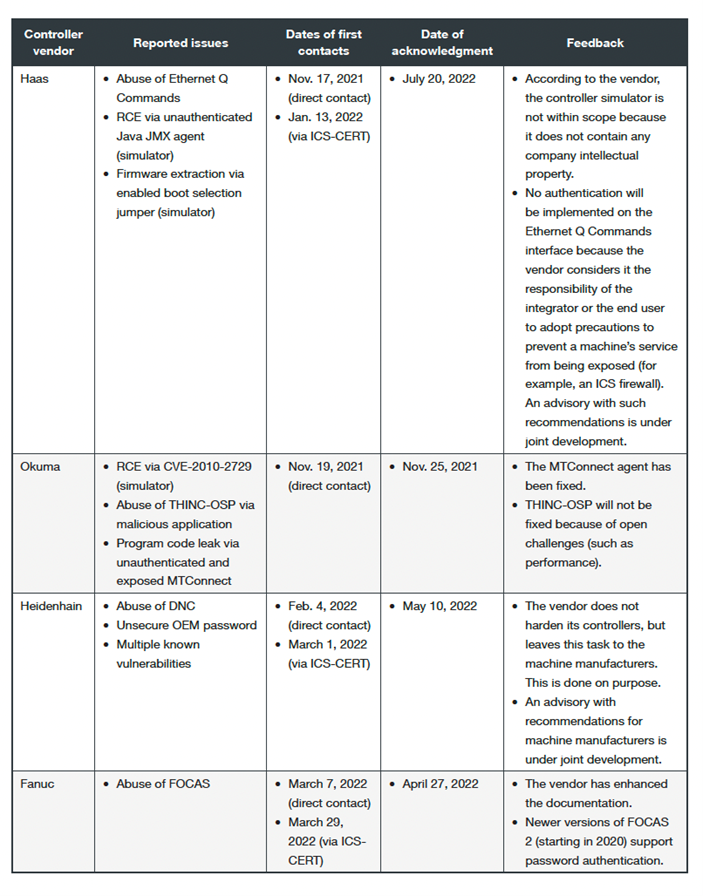Today we are incredibly excited to announce that Wordfence is launching an entirely free vulnerability database API and web interface, available for commercial use by hosting companies, security organizations, threat analysts, security researchers, and the WordPress user community. This is part of a larger project known as Wordfence Intelligence Community Edition, which we are launching today.
This year at Blackhat in Las Vegas, Wordfence launched Wordfence Intelligence, an enterprise product providing organizations with data feeds derived from the attack telemetry we receive from Wordfence users. We did this with one goal in mind: to further secure the Web by enabling enterprises and network defenders with the ability to implement our threat intelligence in a way that will better secure their infrastructure and customers. Wordfence Intelligence includes malware signatures, IP threat feeds and a malware hash feed to enable enterprises to deploy our data at the network and server level.
Wordfence Intelligence Community Edition is a set of data available free for the community to use, and it includes an enterprise quality vulnerability database, and an API that provides a full up-to-date download in JSON format, completely free with no registration required. We are investing heavily in this database by growing the team, maintaining and curating the existing data, and adding new vulnerabilities as soon as they are discovered.
There is no delay on how quickly we add vulnerabilities to this free database. As soon as a vulnerability is disclosed, we add it. There is also no limitation on the use of this data, other than an attribution requirement for vulnerabilities sourced from MITRE, and an attribution requirement for our own vulnerabilities. Each vulnerability record includes the data you need to provide this attribution on your user interface.
Our hope is that hosting companies, software developers and security providers will turn this data into free and commercial security products that will improve the security of the WordPress community. By giving the data away for free, and allowing commercial use, we are acting as a catalyst for innovation in the vulnerability scanning space. Individual developers no longer have an expensive barrier to entry if they want to implement a new kind of vulnerability scanning software for the community. It is our hope that this database will foster innovation in the WordPress security space and improve the security of the WordPress community as a whole.
Wordfence Intelligence Community Edition has the stated goal of uplifting the research community and raising the profile of talented security researchers who make valuable contributions to our community, and who make us all safer. To this end, we are launching with security researcher profile pages, a security researcher leaderboard, and each vulnerability will link to the relevant researcher who discovered the vulnerability. We will also be adding the ability for researchers to edit their own profile page so that they can add links to their resume or personal website. Expect this in the coming weeks.
We will be launching web hooks in the coming weeks that will proactively and programmatically alert users and applications to the release of a new vulnerability. This provides real-time awareness of a new vulnerability, and makes the time between announcement and mitigation of a new vulnerability approach zero.
Defiant Inc and the Wordfence team are investing heavily in this vulnerability database. We are actively recruiting talented security analysts to triage inbound vulnerabilities, and we are recruiting researchers to discover new vulnerabilities in WordPress core, plugins and themes.
Yesterday evening I sat down with Chloe Chamberland, head of product for Wordfence Intelligence, in our studio in Centennial, Colorado, to chat about this exciting product that her and her team are launching today. Here is the conversation.
That concludes the executive summary portion of this post. The rest of this post is written by Chloe Chamberland who heads up the Wordfence Intelligence product. Chloe describes Wordfence Intelligence Community Edition and the vulnerability database and API in more detail. I’d like to extend my congratulations and thanks to Chloe and her team, our security analysts who worked so hard on creating the data in this database, and continue to do so, and to our engineering team for this launch.
~Mark Maunder – Wordfence Founder & CEO.
Introducing Wordfence Intelligence Community Edition
Wordfence Intelligence Community Edition is a threat intelligence data platform which currently consists of an incredibly comprehensive database of WordPress vulnerabilities. We’ve designed this platform with vulnerability researchers, site owners, and security analysts in mind. Each vulnerability has been manually curated by our team of vulnerability analysts and has been populated using historical data from the CVE list, Google fu’ing, and many other vulnerability sources. Each vulnerability record contains details such as the CVSS score, CWE type, a description of the vulnerability, affected software components, the original researcher(s), and more.
Our goal is to provide site owners with as much information needed to effectively secure their WordPress websites while also providing security analysts and researchers the information needed to be able monitor the WordPress threat landscape so they can respond to threats in a timely manner and provide their insights back to the community.
The Wordfence Intelligence Community Edition vulnerability database currently contains over 8,000 unique vulnerability records covering nearly 10,000 vulnerabilities across WordPress core, themes, and plugins. Over the coming months we will continue to actively develop and release features that will enrich the experience of users accessing and using the platform.
We will continue to populate historical vulnerability data while also ensuring we have the most comprehensive and current vulnerability database on the market for the community to use.
Key Features of Wordfence Intelligence Community Edition
Overview of Attack Data Targeting WordPress Sites
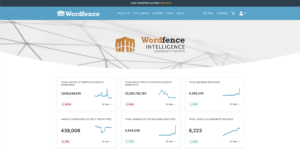
On the dashboard of Wordfence Intelligence Community Edition, users can see insights on data related to attack volume targeting WordPress websites. This includes the total number of login attacks and exploit attempts the Wordfence Firewall has blocked, the total number of malware sightings the Wordfence Scanner and our incident response team has observed, along with the top 10 attacking IP addresses in the past 24 hours, the top 10 unique WordPress vulnerabilities being targeted in the past 24 hours, and the top 5 generic vulnerability types being targeted in the past 24 hours in addition to their attack volume. This data can be used to make more informed decisions on the threats faced by WordPress site owners for better risk mitigation. This data can also be used to enhance security research in the WordPress space.
Select Vulnerabilities Enriched with Attack Data
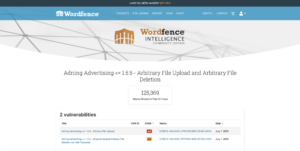
Select vulnerabilities in the database are enriched with data on the attack volume targeting those particular vulnerabilities in the past 24 hours. This gives unparalleled insight into the threat landscape for WordPress, providing site owners, analysts, and security researchers with current and up to date information on the most attacked WordPress vulnerabilities.
Researcher Hall of Fame & Leaderboard
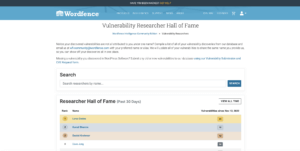
All researchers credited with discoveries in our database are in our Researcher Hall of Fame with their total vulnerability count for the past 30 days and for all time. Researchers can see their all time and 30 day ranking compared to other researchers in the field. Researchers who want to be higher up on the leaderboard will need to find and responsibly disclose more vulnerabilities than their fellow researchers. We hope that this will create a friendly competition to encourage more vulnerability research that in turn makes the WordPress ecosystem more secure.
Individual Researcher Vulnerability Finds All in One Place
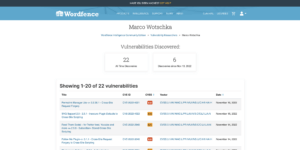
Each researcher has their own unique page that lists the total number of vulnerabilities they have discovered in the past 30 days and all time, along with the list of all the vulnerability finds that have been attributed to that researcher. This can be shared with anyone from prospective job employers who may want to see an individual’s previous research, to friends and family researchers may want to show off their work to. Whatever the purpose, this was designed for researchers to be able to hold all of their vulnerability discoveries in one central place.
If you’re a researcher, and your page is missing some of your vulnerability discoveries, please make sure to fill out our vulnerability submissions form here. Any vulnerability reported to us will receive a CVE ID and we will gladly assign CVE IDs to any older discoveries you may have already in our database upon request.
Wordfence Scan Results Enhanced
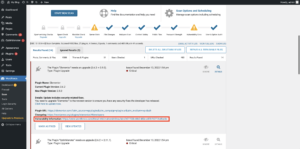
The Wordfence scanner will now provide a link to the Wordfence Intelligence Community Edition Vulnerability Database’s applicable record when a vulnerability has been detected on a site. This can be used to obtain more information about a vulnerability so that site owners can make informed decisions on how to proceed with remediating any given vulnerability. In most cases the solution is to update to a newer patched version, however, in cases where a plugin or theme has been closed and there is no patch available, this information will help guide decision making when assessing a site’s risk.
It takes a community.
That is why we are calling this Wordfence Intelligence Community Edition. A vast majority of the vulnerabilities in our database are from independent researchers and other organizations conducting security research on WordPress plugins, themes, and core. Without them and their dedicated work finding and responsibly disclosing vulnerabilities, there would be no database of WordPress vulnerabilities to catalog and there would not be nearly as many patches, or opportunities to secure WordPress websites, available to site owners. That’s why we will make sure finding information about vulnerabilities is as easy as possible and researchers get the credit they deserve with Wordfence Intelligence Community Edition.
As we continue to evolve this platform, we will keep this at the forefront of our minds and ensure we continue to deliver a product that will help make the WordPress ecosystem more secure and have a positive impact on the community of security researchers working to make this possible.
In return, we would like to ask the community to help us in making sure this remains the best resource for the community. If you’d like to add any additional details to our vulnerability records or have vulnerabilities you have discovered that should be added to the database, we hope that you’ll reach out to us so we can further improve the database that will remain accessible to all.
A Gift to the Community.
As part of this launch, we have made the vulnerability data feed from Wordfence Intelligence, completely free to access. The feed contains a complete dump of the vulnerabilities and related data in our database You can find the documentation on what is included in this API and how to query it here. You are more than welcome to implement this data in whatever way you would like commercially and personally. We hope that by making this accessible to everyone, we can create a more secure WordPress ecosystem and better platform for researchers to get the credit they deserve.
This is just the beginning. Stay tuned, and make sure you are signed up for our mailing list, for more exciting things to come!
CHECK OUT WORDFENCE INTELLIGENCE COMMUNITY EDITION NOW!
I would like to say a huge congratulations and special thank you to everyone on the Wordfence team that made Wordfence Intelligence Community Edition come to life. From our threat intelligence team processing and manually creating thousands of vulnerability records over a several month period, to our engineering and QA teams who have developed and tested this incredible platform. Without your dedicated work, we would not be able to make the online WordPress community a more secure place for all.
Did you enjoy this post? Share it!
Source :
https://www.wordfence.com/blog/2022/12/wordfence-free-vulnerability-database/
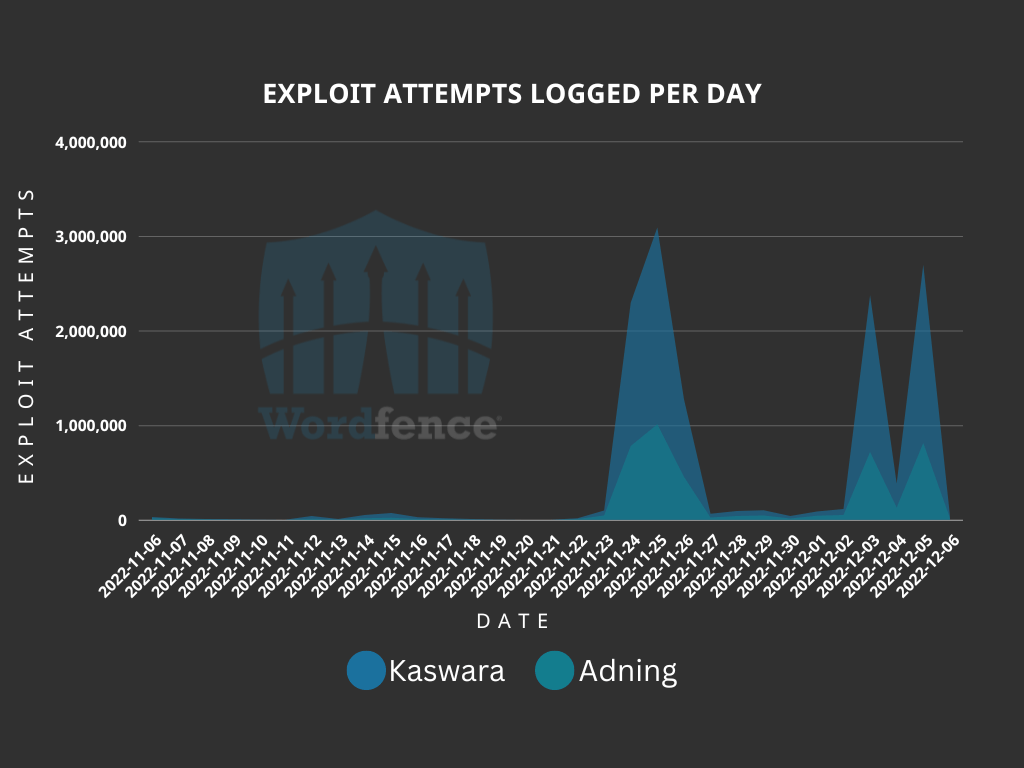
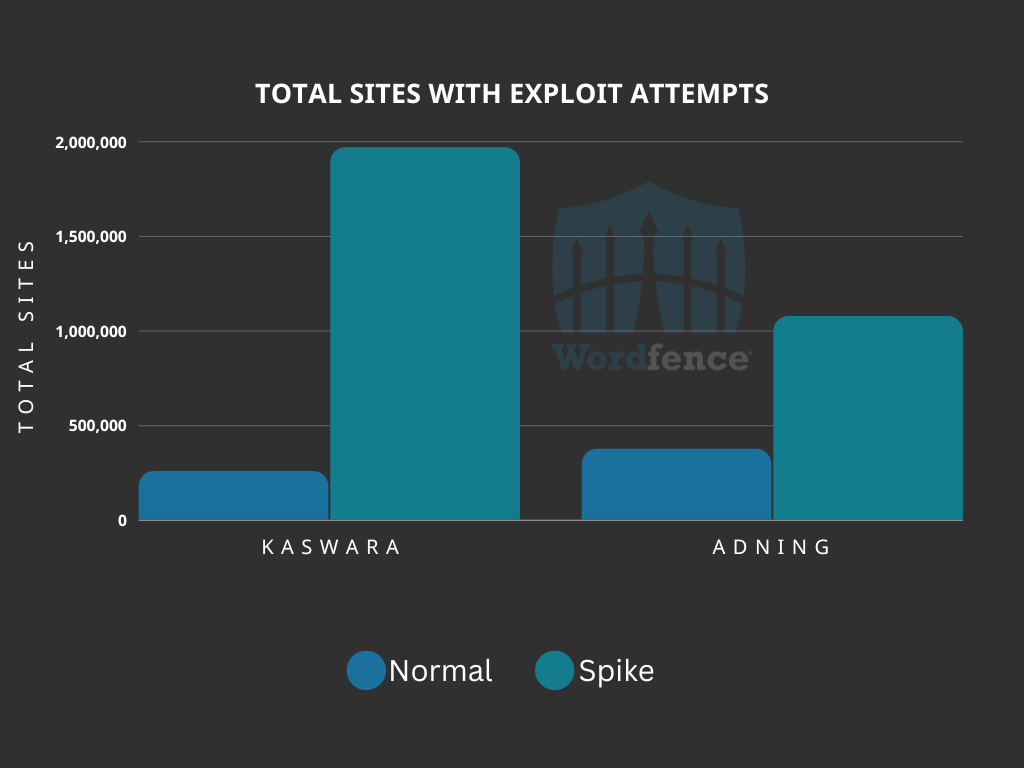











 Figure 1: GoTrim attack chain
Figure 1: GoTrim attack chain Figure 2: PHP downloader script
Figure 2: PHP downloader script Figure 3: Screenshot of data sent to the C2 server
Figure 3: Screenshot of data sent to the C2 server Figure 4: Screenshot of the response containing the command and its options
Figure 4: Screenshot of the response containing the command and its options Figure 5: WordPress authentication request
Figure 5: WordPress authentication request Figure 6: Code snippet from Sep 2022 version with different C2 servers
Figure 6: Code snippet from Sep 2022 version with different C2 servers Figure 7: Wireshark capture of POST requests from two versions of GoTrim
Figure 7: Wireshark capture of POST requests from two versions of GoTrim















